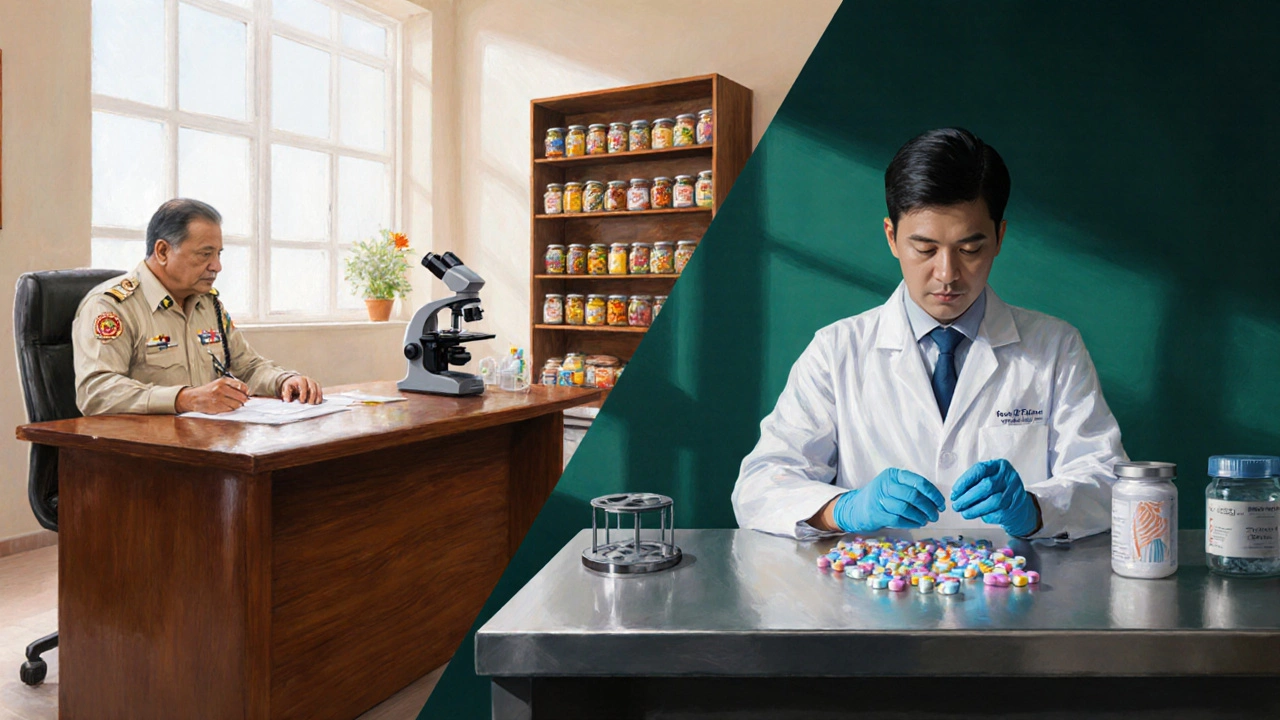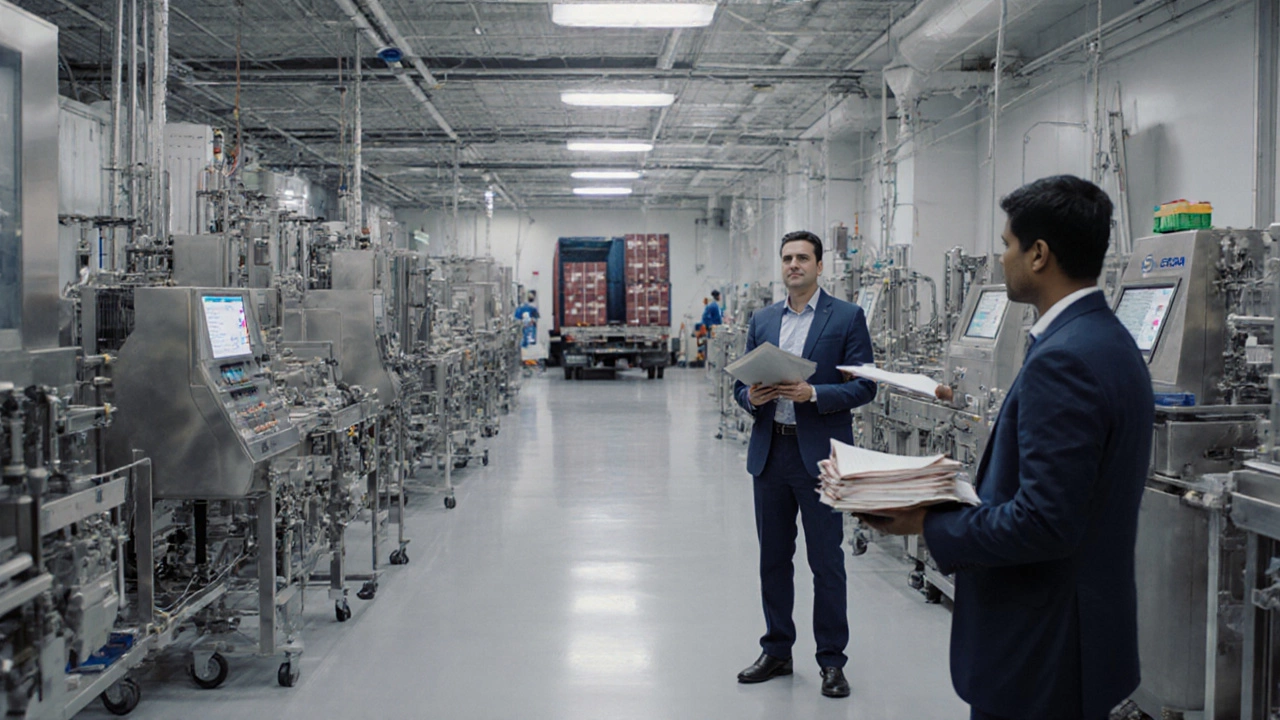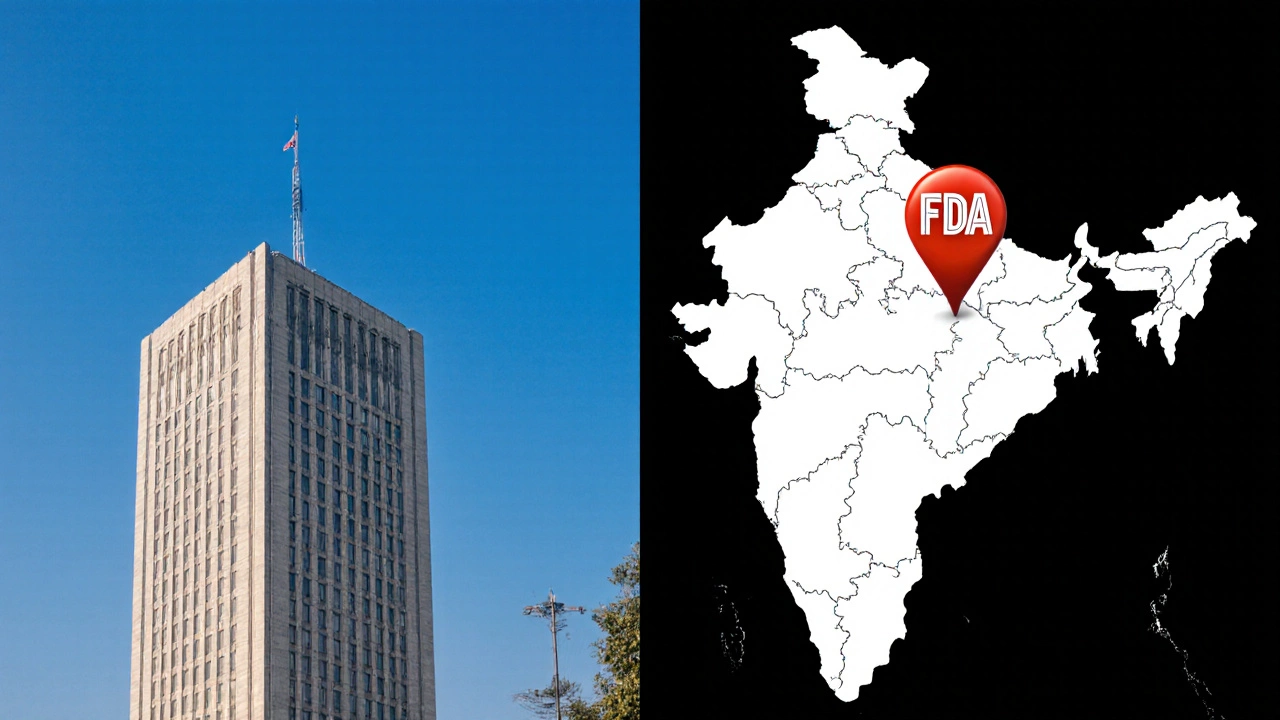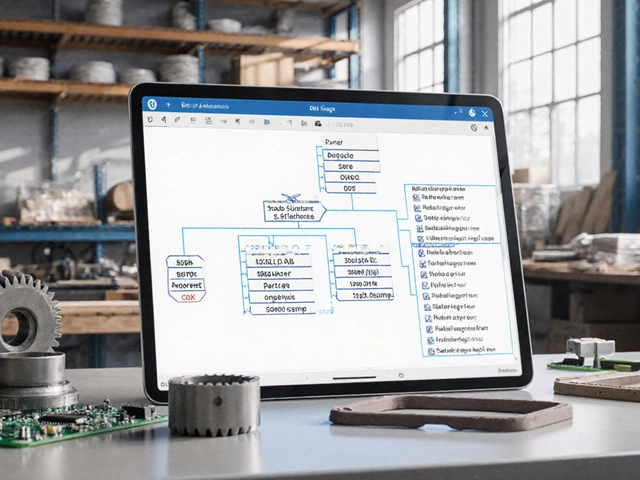FDA vs. Indian Regulators Comparison Tool
FDA (USA)
Regulates food, drugs, medical devices, cosmetics, and tobacco in the United States.
FSSAI (India - Food)
Responsible for food safety standards, licensing, and regulation in India.
CDSCO (India - Drugs)
Manages drug approvals, clinical trials, and medical device regulation in India.
| Aspect | FDA (USA) | FSSAI (India – Food) | CDSCO (India – Drugs) |
|---|---|---|---|
| Governing Law | Food, Drug, and Cosmetic Act (FD&C Act) | Food Safety and Standards Act, 2006 | Drugs and Cosmetics Act, 1940 |
| Primary Focus | Food, pharmaceuticals, medical devices, cosmetics, tobacco | Food safety standards, labeling, licensing | Drug approval, clinical trials, device regulation |
| Approval Process | NDAs, ANDAs, 510(k), PMA, Prior Notice for food imports | License issuance (FSSAI licence), product standards compliance | New Drug Approval (NDA), Clinical Trial Authorization, Import Licensing |
| Inspection Authority | FDA inspectors (on-site, risk-based) | FSSAI officers (state and central) | CDSCO inspectors (central and state) |
| International Recognition | Globally accepted; basis for many trade agreements | Recognized within India; WTO SPS compliance | Recognized for export; must meet importing country’s standards |
When you hear "FDA," you probably think of the United States agency that oversees food, drugs, cosmetics, and medical devices. So, is there an FDA India that does the same job on Indian soil? The short answer is no - the U.S. Food and Drug Administration does not have a direct regulatory arm in India. Instead, India relies on its own set of authorities that handle food safety, drug approval, and related health matters. This article breaks down who those bodies are, how they compare to the U.S. FDA, and what Indian manufacturers need to know if they want to sell products to the United States.
What the U.S. FDA Actually Is
Food and Drug Administration (FDA) is a federal agency of the United States Department of Health and Human Services that regulates the safety and efficacy of food, pharmaceuticals, medical devices, cosmetics, and tobacco products. Its mission is to protect public health by ensuring that these products are safe, properly labeled, and effective. The FDA enforces regulations, conducts inspections, and issues approvals for products sold within the United States or imported into the U.S. market.
India’s Main Food Regulator: FSSAI
Food Safety and Standards Authority of India (FSSAI) is the apex body responsible for setting standards for food products, licensing food businesses, and ensuring compliance with food safety laws across India. Established under the Food Safety and Standards Act, 2006, the FSSAI issues food licenses, conducts inspections, and publishes regulations that mirror many of the safety concerns addressed by the U.S. FDA, such as labeling, additives, and hygiene standards.
- Key responsibilities: setting food safety standards, regulating labeling, managing food recalls.
- Authority under: Food Safety and Standards Act, 2006.
- Scope: all food items produced, stored, or sold in India.
India’s Drug Regulator: CDSCO
Central Drugs Standard Control Organization (CDSCO) is the Indian equivalent of the U.S. FDA for pharmaceuticals and medical devices. It operates under the Ministry of Health and Family Welfare and is responsible for granting drug licenses, approving clinical trials, and ensuring the safety and efficacy of medicines marketed in India.
- Key responsibilities: drug approval, clinical trial oversight, post‑marketing surveillance.
- Authority under: Drugs and Cosmetics Act, 1940 and subsequent amendments.
- Scope: all drugs, vaccines, medical devices, and cosmetics (in partnership with the FSSAI for certain products).

Other Relevant Indian Bodies
While FSSAI and CDSCO are the primary regulators, several other agencies play supporting roles:
- Ministry of Health and Family Welfare (MoHFW) sets overall health policy and oversees the CDSCO.
- Indian Council of Medical Research (ICMR) provides scientific guidelines for clinical research and helps shape drug policy.
- US FDA India Office is a liaison office that facilitates communication between U.S. regulators and Indian manufacturers, but it does not have enforcement jurisdiction.
How the U.S. FDA Interacts with Indian Companies
Even though there is no "FDA India," the United States Food and Drug Administration works closely with Indian manufacturers that export to the U.S. market. The collaboration occurs in three main ways:
- Inspections and Audits: The FDA can conduct on‑site inspections of Indian facilities that manufacture products destined for the United States. These inspections follow the same GMP (Good Manufacturing Practice) standards used domestically.
- Pre‑Market Approvals: Any drug, biologic, or medical device made in India must receive FDA approval (e.g., NDA, ANDA, 510(k)) before it can be marketed in the U.S. The approval process is identical regardless of where the product is manufactured.
- Regulatory Guidance: The US FDA India Office and the US‑India Food Partnership provide webinars, guidance documents, and bilateral meetings to help Indian firms understand U.S. expectations.
Getting FDA Approval for Indian‑Made Products
If you’re an Indian exporter, here’s a practical roadmap to secure FDA clearance:
- Know the Product Category: Determine whether your product falls under food (FSSAI), drug (CDSCO), or medical device regulations.
- Align with GMP Standards: Ensure your facility meets FDA’s Current Good Manufacturing Practice (cGMP) requirements. Many Indian plants already follow WHO GMP or ISO 13485 for devices.
- Compile the Required Dossier: For drugs, you’ll need a full NDA or ANDA package; for devices, a 510(k) or PMA submission; for food, a Prior Notice to the FDA before import.
- Submit Through the Correct Portal: Use the FDA’s Electronic Submissions Gateway (ESG) for drug/device filings and the FURLS system for food Prior Notice.
- Prepare for FDA Inspection: Keep records, batch production logs, and validation reports ready. Expect the inspection team to review both the manufacturing site and the quality system.
- Address Findings Promptly: If the FDA issues a Form 483 (observation) or a warning letter, respond with a corrective action plan within the stipulated time.
Compliance can be a long road, but many Indian firms have succeeded-think of pharma giants like Dr. Reddy’s and Sun Pharma, which hold multiple FDA approvals for products sold worldwide.
Key Differences Between FDA, FSSAI, and CDSCO
| Aspect | FDA (USA) | FSSAI (India - Food) | CDSCO (India - Drugs) |
|---|---|---|---|
| Governing Law | Food, Drug, and Cosmetic Act (FD&C Act) | Food Safety and Standards Act, 2006 | Drugs and Cosmetics Act, 1940 |
| Primary Focus | Food, pharmaceuticals, medical devices, cosmetics, tobacco | Food safety standards, labeling, licensing | Drug approval, clinical trials, device regulation |
| Approval Process | NDAs, ANDAs, 510(k), PMA, Prior Notice for food imports | License issuance (FSSAI licence), product standards compliance | New Drug Approval (NDA), Clinical Trial Authorization, Import Licensing |
| Inspection Authority | FDA inspectors (on‑site, risk‑based) | FSSAI officers (state and central) | CDSCO inspectors (central and state) |
| International Recognition | Globally accepted; basis for many trade agreements | Recognized within India; WTO SPS compliance | Recognized for export; must meet importing country’s standards |

Common Pitfalls for Indian Exporters
Even seasoned manufacturers stumble when dealing with U.S. regulations. Avoid these traps:
- Assuming FSSAI approval equals FDA clearance: The two systems are independent; you still need a Prior Notice and possibly a food facility registration with the FDA.
- Skipping device classification: Misclassifying a medical device can lead to a costly re‑submission or an FDA warning.
- Neglecting label requirements: The FDA mandates specific nutrition facts, ingredient listings, and claim substantiation that differ from Indian labels.
- Overlooking post‑market surveillance: Once your product is in the U.S., you must report adverse events and conduct periodic safety updates.
Practical Tips for Smooth FDA Interactions
- Engage a U.S.-based regulatory consultant early - they can help map Indian documentation to FDA expectations.
- Maintain dual record sets: one for Indian authorities (FSSAI/CDSCO) and a parallel set that meets FDA cGMP documentation standards.
- Invest in staff training on FDA’s 21 CFR (Code of Federal Regulations); many Indian firms run quarterly workshops.
- Use the FDA’s Electronic Submission Gateway for faster turn‑around and automatic receipt confirmations.
Quick Reference Checklist
- Identify product category → Food (FSSAI) or Drug/Device (CDSCO).
- Confirm compliance with local Indian regulations.
- Align manufacturing practices with FDA cGMP or QSR (Quality System Regulation).
- Prepare US-specific dossier (NDA, 510(k), Prior Notice).
- Register facility with FDA (if exporting food or devices).
- Schedule pre‑submission meetings with FDA reviewers.
- Plan for inspection readiness - records, SOPs, training logs.
- Monitor post‑market reporting obligations.
Frequently Asked Questions
Does the FDA have a physical office in India?
The FDA maintains a liaison office in New Delhi that helps coordinate inspections and facilitates communication, but it does not possess enforcement powers or issue certifications for Indian companies.
Do I need an FSSAI license to export food to the United States?
An FSSAI license is mandatory for manufacturing food in India, but it does not replace the FDA’s Prior Notice or Food Facility Registration required for US imports. You need both.
Can an Indian drug approved by CDSCO be sold in the US without FDA approval?
No. CDSCO approval is valid only for the Indian market. To sell the same drug in the United States, you must submit a New Drug Application (NDA) or an Abbreviated NDA (ANDA) and obtain FDA clearance.
What is the typical timeline for an FDA inspection of an Indian manufacturing plant?
After a Prior Notice is filed, the FDA usually schedules an inspection within 30‑90 days, depending on risk assessment. The on‑site visit lasts 1‑3 days, followed by a report (Form 483) within 15 days.
Are there any Indian government schemes that help manufacturers meet FDA standards?
Yes. The Ministry of MSME and the Department of Pharmaceuticals run export‑promotion schemes that fund quality‑management system upgrades, training, and third‑party audits, all of which aid compliance with FDA requirements.






